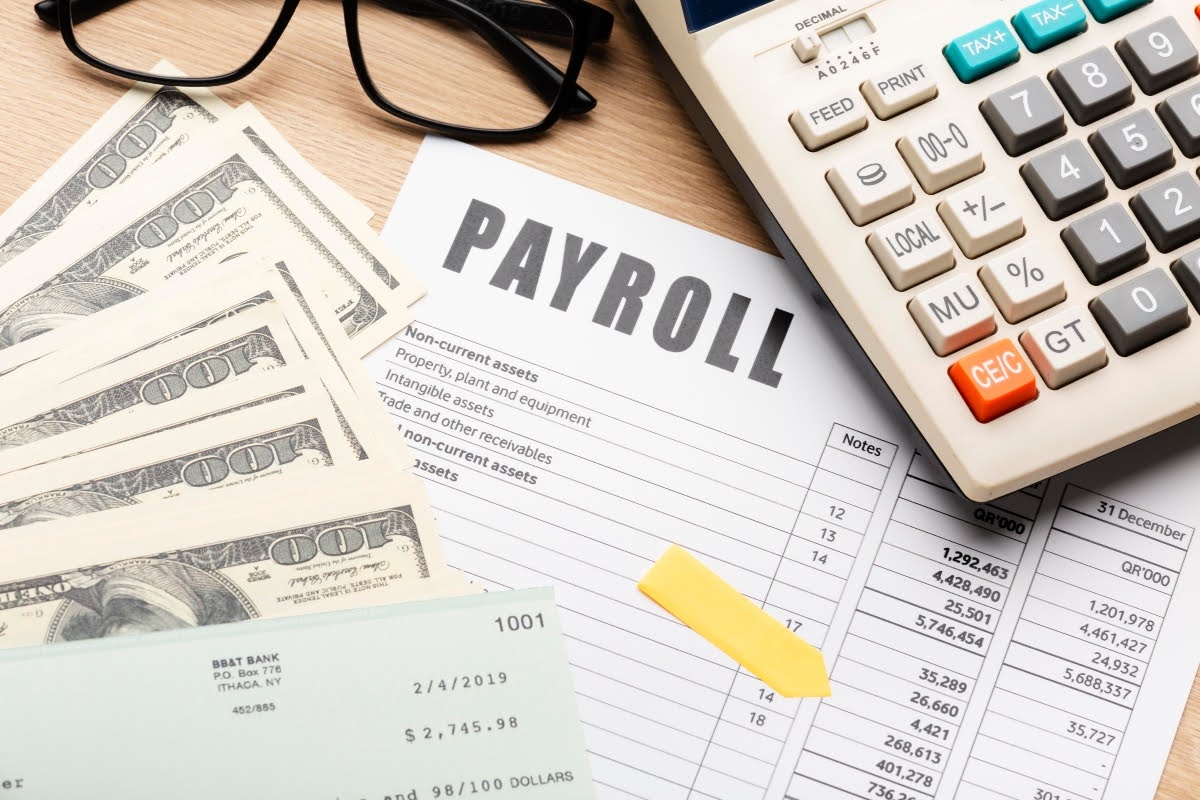For most small business owners, cash flow stress doesn’t come from not earning enough but from not knowing where the money is at any given moment.
You might wake up to a surprise vendor bill, a slow client payment, or a bank balance that doesn’t match what you expected. It’s chaos by a thousand cuts.
The thing is, you don’t need more apps, more reports, or more spreadsheets. What you need is rhythm.
Weekly accounts payable system comes in as a simple, disciplined routine that helps you see your real financial position every week.
It’s not complicated, but it’s powerful. Because once you build this habit, you stop reacting to money problems and start anticipating them.
Let’s walk through how it works, why it matters, and how it can completely change how you feel about your business finances.
Why Weekly Beats “Whenever I Can Get to It”
Most small businesses handle bills reactively. A vendor email comes in, someone approves a payment, and the owner just hopes the balance will cover it. The process feels scattered, because it is.
But managing accounts payable once a week, on the same day, every week, creates structure and predictability. It turns chaos into clarity.
We call this “AP Thursday” at PRG. Every Thursday, our clients (and our team) follow the same rhythm:
- Review all upcoming bills and due dates.
- Check available cash on hand.
- Forecast what the next week looks like for inflows and outflows.
- Decide what gets paid, what gets delayed, and what gets transferred to reserves.

That’s it. No complicated dashboards. No daily anxiety. Just one standing meeting with your money.
Once this becomes routine, something remarkable happens. You start overcoming cash flow issues.
How the Weekly Accounts Payable System Actually Works
Here’s what implementing a weekly accounts payable system looks like in practice:
1. Pick Your Day and Protect It
Whether it’s Thursday, Friday morning, or Monday afternoon, pick a day when you can give this your full attention. Block it on your calendar and treat it like a nonnegotiable meeting.
If you run your business with a partner or bookkeeper, include them. Accountability keeps the process consistent.
2. Review Accounts Payable
Open your accounting software, QuickBooks, Xero, or SimpleP&L, and pull up your payables list. Review every bill, note due dates, and categorize them by urgency.
Ask yourself:
- What absolutely needs to be paid this week?
- What can be safely delayed a few days or weeks?
- Are there any duplicates or recurring charges that should be canceled?
This step alone eliminates late fees and unnecessary payments, something most owners underestimate.
3. Check Cash and Project Next Week
Next, look at what’s in your bank accounts today and what’s expected to come in next week. Add your incoming deposits, subtract your outgoing bills, and see where you’ll stand seven days from now.
When you know your cash position in advance, you can plan instead of panicking.
If you use SimpleP&L, this projection happens automatically. You’ll see your expected “runway” (how long your cash will last) in real time.
4. Transfer Money to Reserves
Once you know what needs to be paid and what your runway looks like, it’s time to make small transfers that protect your business from volatility.

Move a percentage of revenue into a tax reserve and a profit account, even if it’s only 1–3%. Over time, this habit creates a financial cushion that builds confidence and stability.
The goal is consistency.
5. Pay, Record, Repeat
After you’ve planned and transferred, pay your bills, update your books, and move on with your week. You’ll know exactly where your cash stands until your next review.
And that’s the magic: when you do this weekly, you never drift too far from reality.
The Payoff: Clarity and Calm
A weekly rhythm creates control. You start anticipating challenges instead of reacting to them. You stop worrying about “what’s due when” and focus on growth instead of firefighting.
You’ll also start to notice patterns:
- Which vendors or clients consistently slow down your cash flow
- Which expenses aren’t pulling their weight
- Which months require more runway
This awareness is what allows you to make smarter, faster decisions.
It’s no exaggeration to say that many of our clients describe this system as therapeutic. They finally feel like they’re in charge of their business again, not the other way around.
From Chaos to Clarity: Real-World Example
One of our clients, a marketing agency owner, used to manage bills “whenever I had time.” Payments were scattered, and tax season always brought panic. Within six weeks of implementing a weekly payable system, her stress dropped dramatically.
Every Thursday morning, she reviews bills, checks cash flow, and transfers 2% of every deposit into her profit account. By the end of the quarter, she’d built a reserve she didn’t think was possible, and she finally stopped worrying about making payroll.
That’s the kind of transformation that comes from rhythm, not software.
Why SimpleP&L Makes It Easier
At Pacific Resources Group, we designed SimpleP&L around this exact principle: structure over stress. It’s a framework for consistent financial management and not just bookkeeping.
We help you:
- Set up your weekly payable system
- Automate recurring transactions
- See cash flow forecasts in real time
- Stay accountable to your financial rhythm
The goal is to make bookkeeping so simple and repeatable that you never lose sight of your numbers again, turning it into a functional financial management strategy.
With SimpleP&L, you’re building a habit that keeps your business financially steady week after week.
Take Control One Week at a Time
If your cash flow feels unpredictable or you’re constantly getting blindsided by bills, this is where you start. Don’t overthink it, just block time each week to sit down with your numbers and stick to the rhythm.
And if you want support building that structure, PRG’s here to help. Reach out to our team, and we’ll walk you through the process step by step.
Because financial control doesn’t come from apps or luck, it comes from consistent habits. And the first habit worth mastering is your weekly accounts payable system.
